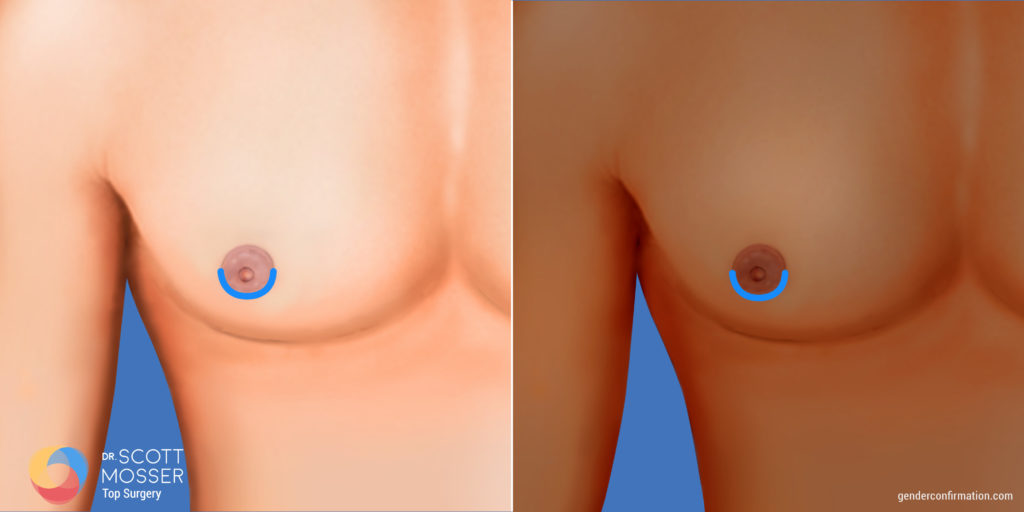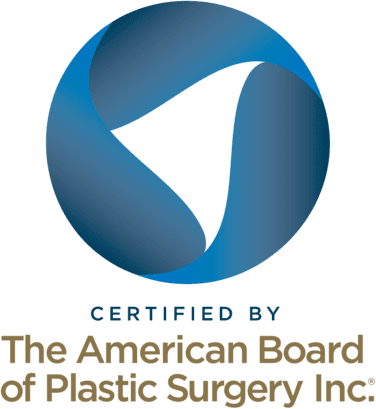Keyhole Procedure
The keyhole method is a type of chest reconstruction top surgery which involves a small incision along the border of the areola, through which the surgeon carefully removes the chest tissue. This procedure involves very minimal scarring since it creates a small scar up to half the length around the areola border. There is no excess skin removed at all in this procedure, and therefore it is only available to patients with minimal chest tissue and relatively elastic chest skin—thus, only about 5% of the population are good candidates for this type of surgery.
This article provides information on the step-by-step procedural process as well as risks and benefits of the keyhole method. We also cover the top surgery scar appearance, healing, and nipple sensation for this porcedure. Find out if you are a good candidate for this type of gender affirming surgery here.
Keyhole Procedure Steps
The surgeon first makes an incision alongside the areola, and cuts through the top of the chest tissue, leaving behind a uniform layer of thickness of fat beneath the skin that matches the thickness of the surrounding chest. The surgeon then removes the unwanted chest tissue. All chest tissue is sent off to a pathologist to check for cancer, though actually finding any is extremely rare.
Once the chest tissue is removed, the surgeon may perform liposuction along the borders of the tissue excision to provide a smooth and uniform result.
Often, the surgeon places a drain and then closes the incision. The drain is usually in place for about seven days after surgery and is then removed.
Keyhole Procedure Healing and Sensation
After the procedure, the patient may experience significant numbness of the chest. Sensation usually returns with time, often ultimately feeling the same as before surgery. In other words, this is one of the few chest reconstruction techniques that leaves the possibility of preserving a heightened, erotic nipple sensation post-op, much like the inverted T, buttonhole and nipple-sparing double incision techniques.
Sign Up For Instructions To Get a Virtual Consultation
The virtual consultation will be billed to your insurance company. We will accept the insurance reimbursement as payment in full.





